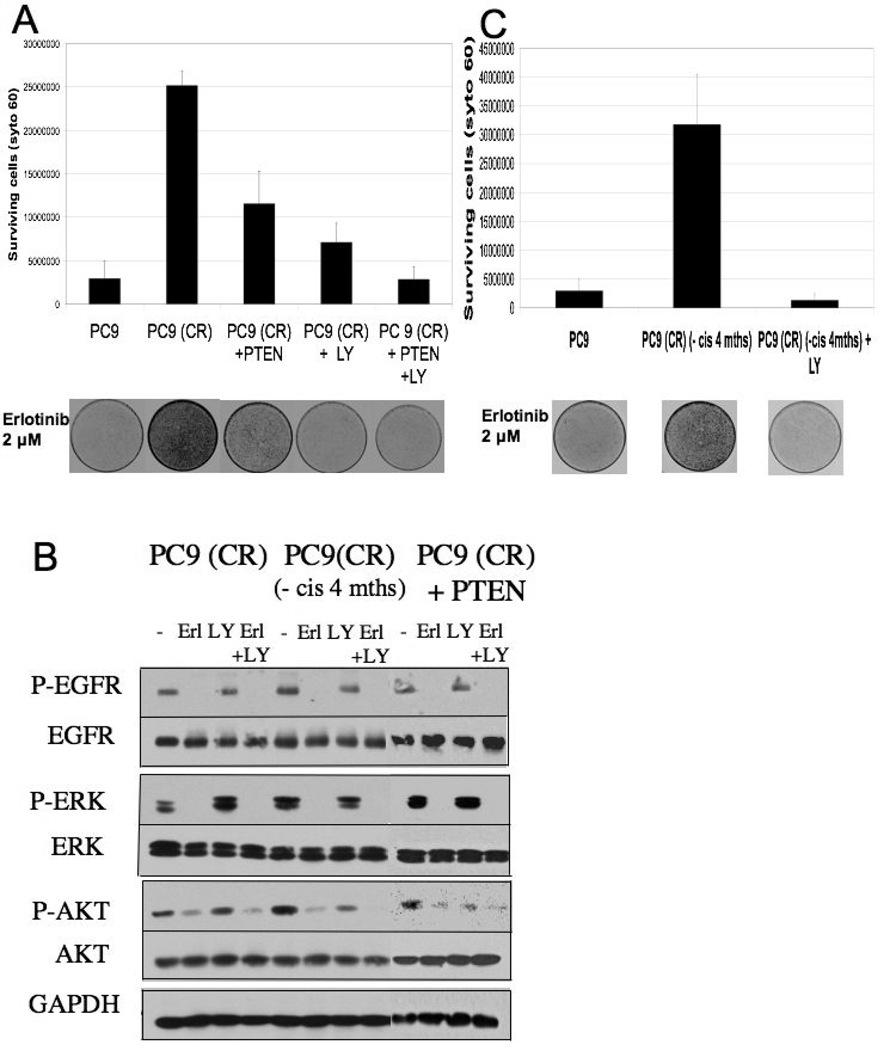Figure 5. PI-3 kinase inhibition, together with restoration of PTEN function, reverses resistance to erlotinib.
A. To determine if PI-3 kinase inhibition has any effect on reversal of resistance to erlotinib, clonogenic assays were performed in triplicate on PC9, PC9 (CR) and PC9 (CR PTEN infected) cells. 100,000 cells were plated and 2 µM erlotinib +/− 2.5 µM LY 294002 was added the following day. The assay was carried out over 10 days and fresh media containing 2 µM erlotinib +/− 2.5 µM LY 294002 was replaced every 3 days. The graph represents the number of surviving cells as measured by Syto 60 staining in the respective cell lines. Error bars represent the standard deviation from the average value derived from three independent experiments. A representative stained plate from each cell line is shown below.
B. Cell lysates were derived from PC9 (CR), PC9 (CR PTEN infected) and PC9 (CR maintained in cisplatin-free media) treated with either erlotinib (2 µM), LY 294002 (2.5 µM) or the combination of the two drugs for 4 hours. These were subject to SDS-PAGE analysis and immunoblotting with the indicated antibodies.
C. A similar assay as described in 5A was performed that included PC9 (CR) cells maintained in cisplatin-free media for 4 months. The graph represents the number of surviving cells as measured by Syto 60 staining in the respective cell lines. Error bars represent the standard deviation from the average value derived from three independent experiments. A representative stained plate from each cell line is shown.

